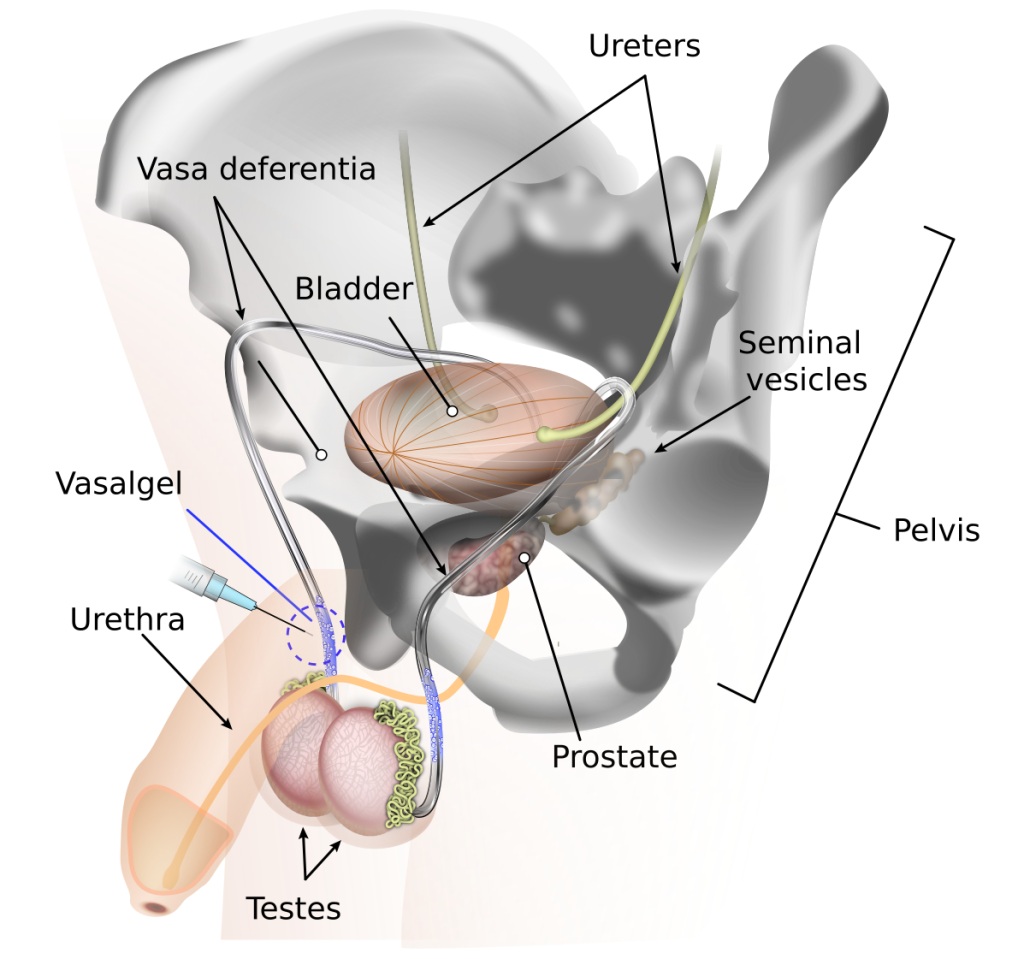Contraception has long been seen as “women’s territory,” but why should it stay that way? With new methods for men on the horizon, it’s time to rethink who takes responsibility – and why so many men are still hesitant to step up when it comes to birth control.
Let’s face it: women have shouldered the burden of birth control for far too long. From pills to IUDs, the options (and the side effects) seem endless. But what about men?
While condoms and vasectomies exist, these methods are often seen as afterthoughts, with women managing the bulk of family planning. In Asia, traditional roles and cultural norms only make it harder for men to feel like contraception is their responsibility.
Contraceptive Options for Men
While most contraceptive methods have traditionally focused on women, male contraceptives do exist. These methods prevent sperm from reaching the egg via various means:
Male Condoms

Condoms are sheaths worn over an erect penis to physically block semen, the fluid that contains sperms, from reaching the egg.
Effectiveness: 95% effectiveness (perfect use), 87% effectiveness (typical use)
Pros: Male condoms are inexpensive and widely available. They are also able to prevent sexually transmitted infections.
Drawbacks: Condoms may break or slip during intercourse, rendering it ineffective. Many people find that the use of condoms can affect sex negatively by reducing spontaneity or reducing sexual pleasure.
Vasectomy

Vasectomy is a surgical procedure to cut or seal the vas deferens (the tube that carry sperm).
Effectiveness: Vasectomy is almost 100% effective.
Pros: Vasectomy is a permanent form of birth control, but it can also be reversed if needed.
Drawbacks: Vasectomy requires a small surgery by a surgeon, and there may be some minor discomfort for a few weeks post-procedure.
Withdrawal method
The withdrawal method requires the male partner to withdraw the penis from the vagina before ejaculation.
Effectiveness: Withdrawal method is only about 78% effective.
Pros: It has no side effects, does not disrupt sexual sensations, and is free.
Drawbacks: Withdrawal method has a high failure rate as it can be unreliable and has to be timed well to be effective. It also does not protect against sexually transmitted infections.
Options in the Pipeline for Male Birth Control
There are new male contraceptives under studies with some promising results. The new male birth control choices are divided into two types: hormonal and non-hormonal.
Hormonal Contraceptives
Synthetic hormones are being explored to safely and effectively stop sperm production, as a form of contraception.
Testosterone Injection
Testosterone injection prevents the release of hormones from the pituitary gland (a gland at the base of the brain that releases hormones). Without the pituitary hormones, the testes cannot produce sperms.
Testosterone injections are given weekly or monthly to reduce sperm counts.
Hormonal Combination Injections
These hormonal injections combine long-acting hormones, such as norethisterone enanthate and testosterone undecanoate. These combined injections showed reduced sperm production when tested at 6-week and 8-week intervals.
Hormonal Contraception Gel

This novel hormonal gel is a combination of two hormones which are nestorone (segesterone acetate) and testosterone. Nestorone suppresses the sperm production while testosterone retains the libido.
The gel is to be applied once daily at the shoulder, where it is absorbed into the bloodstream. In a clinical study for the gel, about 86% of men have a suppressed sperm production after 15 weeks of daily application.
Male Hormonal Pill
Dimethandrolone undecanoate (DMAU), known as ‘The Pill’ for men, works as a testosterone-like pill taken once daily.
It suppresses two types of male hormones – follicle-stimulating hormone (FSH) and luteinising hormone (LH). The effect? Decreased production of testosterone and sperm, without causing symptoms of low-testosterone (low-T).
Non-hormonal Contraceptives
Reversible Inhibition of Sperm Under Guidance (RISUG)

RISUG is a reversible method of blocking the vas deferens that carry the sperms. It involves injecting a gel into the vas deferens, which blocks the tubes and destroys sperm. This method is still under research and development.
Male Non-Hormonal Pill
In view of hormonal side effects, researchers are exploring novel targets for contraception in men. For example, researchers have identified serine/threonine kinase 33 (STK33), a protein essential for male fertility.
Individuals who have a defective STK33 gene can have infertility due to sperm defects, without other side effects and minimal safety concerns. Studies are under way to discover STK-33 inhibitors to pave the way for a future of non-hormonal male birth control options.
YCT-529 is another compound that works by blocking retinoic acid in the testes. This prevents sperm production without affecting testosterone levels. These drugs are still early in the stages of studies and trials.
Contraception As A Shared Responsibility
Here’s the uncomfortable truth: even if these options become widely available, will men use them? A lot of the hesitation isn’t about the science—it’s about society.
For too long, contraception has been seen as a woman’s duty. Social norms, fear of judgment, and plain old inertia have kept men from taking more responsibility. In many parts of Asia, this imbalance is amplified by traditional gender roles and cultural expectations.
However, as more men step into the conversation, there’s growing recognition that contraception is not solely a woman’s responsibility. A global study published in 2024 surveyed over 18,000 men across seven countries. It uncovered a widespread interest in male birth control options with 83% of men expressing interest in non-permanent options.
When men step up, it creates stronger partnerships and healthier relationships. And isn’t that what family planning is all about?

